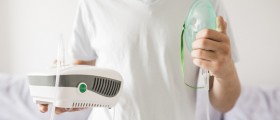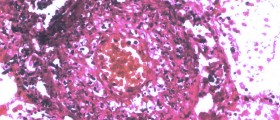From an artery the level of carbon dioxide and oxygen can be measured with the help of the arterial blood gas, which accomplishes this due to the measuring of the acidity or ph. This way, one actually sees how well the carbon dioxide can be removed from the blood and in which way the oxygen distribution is conducted in the body, which is done by the lungs. The blood has oxygen that needs to be moved throughout the body. Simultaneously, the carbon dioxide needs to be moved out and to the lungs.

The oxidation of blood is done when the blood passes through the lungs. The test we are talking about is used to measure the carbon dioxide and oxygen located in the blood. For this, blood sample is needed. The arterial blood gas test measures the level of chemical that prevents the pH of the blood to become too acidic. Also, it measures the pH, and shows the level of hydrogen ions in the bloodstream, which is usually between 7.35 and 7.45. Basic pH is the one over 7, while acid is the one under 7 ph. The test can also show the partial pressure of oxygen and carbon dioxide. It can tell us how they are dissolved in the blood and the elimination of carbon dioxide and moving of the oxygenated blood. The tests that need blood sample are usually taken from the vein, but for this test, the blood is taken from an artery. Problems like breathing problems caused by neck, head or injuries in general, metabolic diseases, kidney and lung problems can be detected by this text.
Performing Test
The arterial blood gas test can be done for the several reasons. One of them is the detection of lung treatment efficiency. It can also be done to see how well the body is oxygenated, measuring the level of acid-base among those who have drug overdose, severe infection, sleep disorders, uncontrolled diabetes, kidney failure and heart failure, and treatment of chronic obstructive pulmonary disease, cystic fibrosis and asthma. Some steps have to be done in order to be prepared for the test. Mention to your doctor if you have allergic reactions to medicines, if you take medicines, use blood thinners or have bleeding problems. Also, 20 minutes prior to the test, the oxygen therapy has to be turned off.
Risks
There are some risks involved with the use of this test. They are infection, hematoma, lightheadedness, delayed bleeding located on the punctured site, blood flow problems on the affected location and bleeding on affected location.

















Your thoughts on this
Loading...